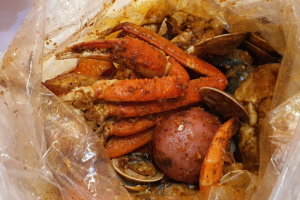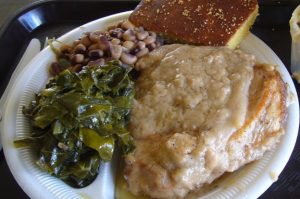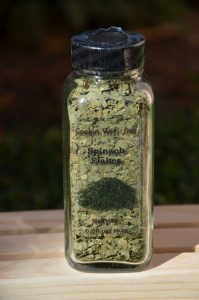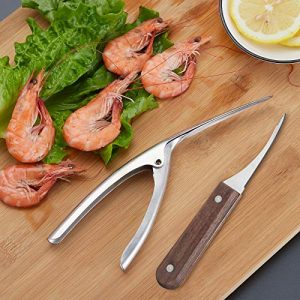Squeaky Cleaned Shrimp
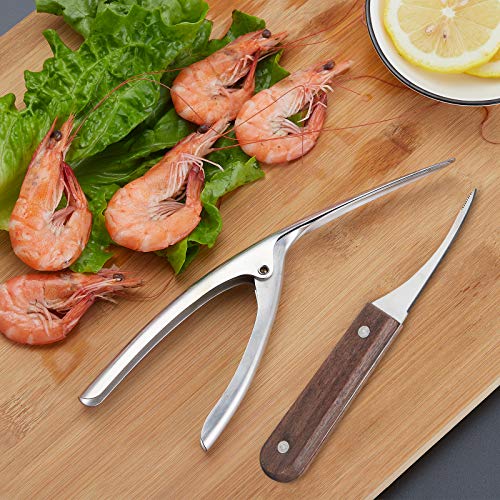
Shrimp Cleaners
Shrimp lovers all over the world prepare it in as many ways as you can imagine. Even raw. Most people I know who prepare and serve shrimp understand that they need to clean it. Because shellfish can carry bacteria and parasites, most servers insist on squeaky cleaned shrimp preparation and serving. Cleaning a shrimp typically involves removing the shell and legs, but deveining (removing the digestive tract) is a separate step. That may or may not include the product or preparation..
Chefs devein shrimp to remove the dark line on the shrimp’s back. That line is an intestinal tract that can contain grit or algae, though it is not harmful to eat. The digestive tract is not harmful to eat, and cooking kills any germs it might contain. My preference for food safety is to err on the side of caution. Also, the negative connotation regarding eating the digestive tract is that you’re eating poop. Nobody wants to do that, we don’t recommend it, and we will always clean shrimp.
Some cultures and restaurants do not devein shrimp, and I will leave that there. A “deveined” shrimp signifies that someone has removed the dark digestive tract, which contains waste and food. While the digestive tract isn’t harmful if cooked thoroughly. Removing it prevents a gritty texture and potentially bitter or unpleasant taste. People remove it primarily for aesthetic reasons and to improve the overall eating experience. The dark line on the back is the digestive tract, which can contain grit or waste. Cosmetic and textural reasons suggest that we best remove the dark line.. The line on the underside, however, is a nerve cord and is harmless.
Preparing Squeaky Cleaned Shrimp
Raw or undercooked shellfish can contain bacteria like Vibrio, while other types of contaminated seafood can transmit illnesses. Raw shrimp should not be eaten because the risk of food poisoning is very high. Therefore, shrimp should be thoroughly cooked to allow eating them safely. Because improper harvesting, handling, and storage techniques can increase the risk of contamination, you should buy high-quality shrimp from a reputable source.
You do not need to wash shrimp for safety reasons. Cooking it to 145°F (63°C) is sufficient to kill bacteria. Keep in mind that washing shrimp can spread bacteria around your kitchen. However, many people choose to rinse or “clean” shrimp to remove the dark digestive tract (which is not a vein). This is for cosmetic and textural reasons, as it can have a gritty texture. If you do rinse shrimp, use cold water, do it just before cooking. Pat the shrimp dry with paper towels to improve searing and flavor. You do not need to clean both sides of a shrimp. It is only necessary to remove the “sand vein” (intestinal tract) from the top, curved side.
We offer a lineup of products used to clean shrimp. There are many out there, even though some simply use a sharp knife. You can also devein shrimp by inserting a toothpick or skewer. Placement is under the vein in the second joint from the tail and pulling it out. Any of our tools recommend themselves because they provide a sharp and concise method for cleaning shrimp.. All are stainless steel and fully machine washable. Clicking the button below allows you to view all cleaning tools.
![]()
